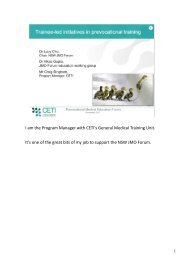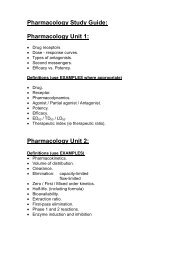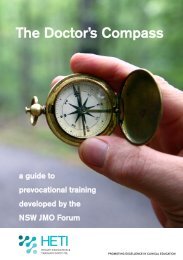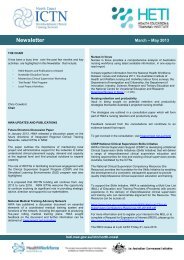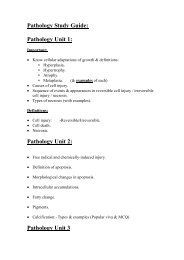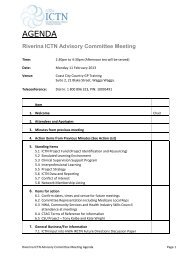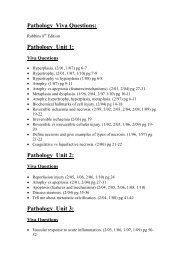Network principles for prevocational medical training - HETI
Network principles for prevocational medical training - HETI
Network principles for prevocational medical training - HETI
Create successful ePaper yourself
Turn your PDF publications into a flip-book with our unique Google optimized e-Paper software.
Learning model part 1: Supervised clinical work<br />
Key elements<br />
Clinician-led patient interactions: Trainees are learning the application of their skills with real<br />
patients. It is the variability and unpredictability of individual patient encounters that trainees have<br />
to learn to manage. Clinical supervisors ensure that trainee–patient interactions are safe and that<br />
patient care is optimal while trainees learn. The main learning comes from opportunities to apply<br />
clinical reasoning and through receiving feedback on their per<strong>for</strong>mance from observers.<br />
Supervisor resource<br />
The Superguide: a handbook <strong>for</strong> supervising doctors in <strong>training</strong>.<br />
CETI: 2010. www.heti.nsw.gov.au/<strong>prevocational</strong>#trainers<br />
Opportunistic learning: Opportunities <strong>for</strong> learning are abundant but unpredictable. Supervisors<br />
need to be prepared to seize the moment.<br />
The winning project from the 2010 CETI Leadership Program was a proposal <strong>for</strong> a systematic<br />
method of connecting teachers and trainees when opportunities <strong>for</strong> demonstration and practice of<br />
procedural skills arise in the workplace. Directors of <strong>training</strong> need to encourage a learning culture in<br />
the workplace that maximises the use of opportunities <strong>for</strong> learning.<br />
Situational learning: Handovers, rounds, consultations, procedures — the lessons <strong>for</strong> trainees have<br />
to be situated in the working day. The time and staff resources allocated to clinical activities need to<br />
sufficient <strong>for</strong> the associated educational and <strong>training</strong> components.<br />
Experiential learning: The supervisor plays a key role in effective experiential learning.<br />
An effective supervisor knows when to give trainees direction, and when to give them freedom<br />
of action. To move the trainee from consciously incompetent to consciously competent, the<br />
supervisor must actively calibrate the level of support provided. Studies suggest that junior<br />
doctors value supervisory support of two kinds:<br />
“Hands-on” supervision — interactions with clinicians who are expert in areas where they<br />
need help<br />
“Hands-off” supervision — being trusted to act independently, being given space to deploy<br />
their nascent skills and test their growing clinical abilities.<br />
Trainees also value an intermediate zone that allows them to shift back and <strong>for</strong>th between<br />
monitored (hands-on) and independent (hands-off) practice.<br />
Directors of Prevocational Education and Training (DPETs) should:<br />
— The Superguide<br />
• z encourage senior clinical staff to see the examinations and procedures they per<strong>for</strong>m as valuable<br />
teaching opportunities<br />
• z encourage all senior clinicians and supervisors to provide frequent and timely feedback to the<br />
learner<br />
• z encourage junior clinical staff to seek learning opportunities and advertise their need <strong>for</strong><br />
experience<br />
6



